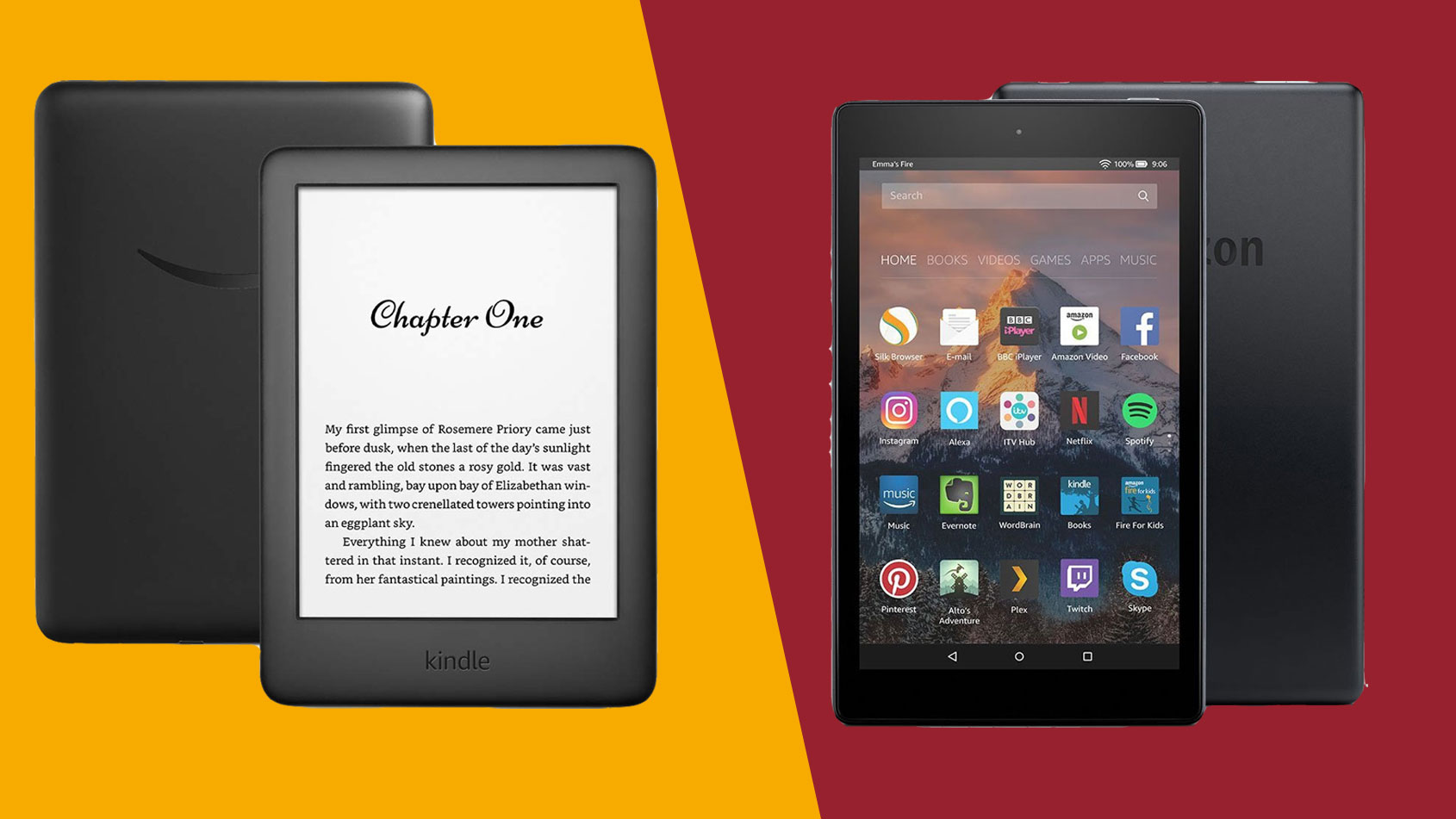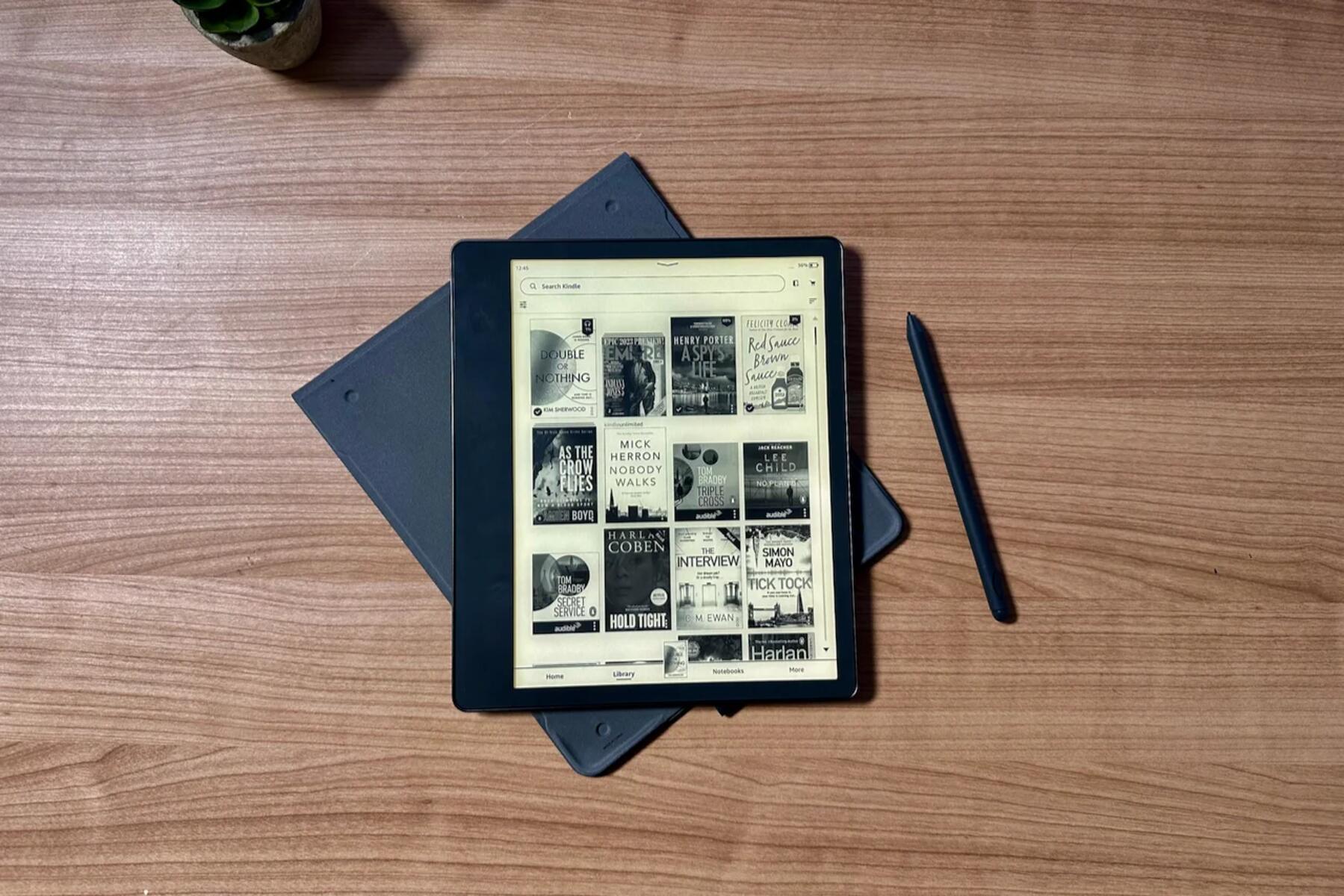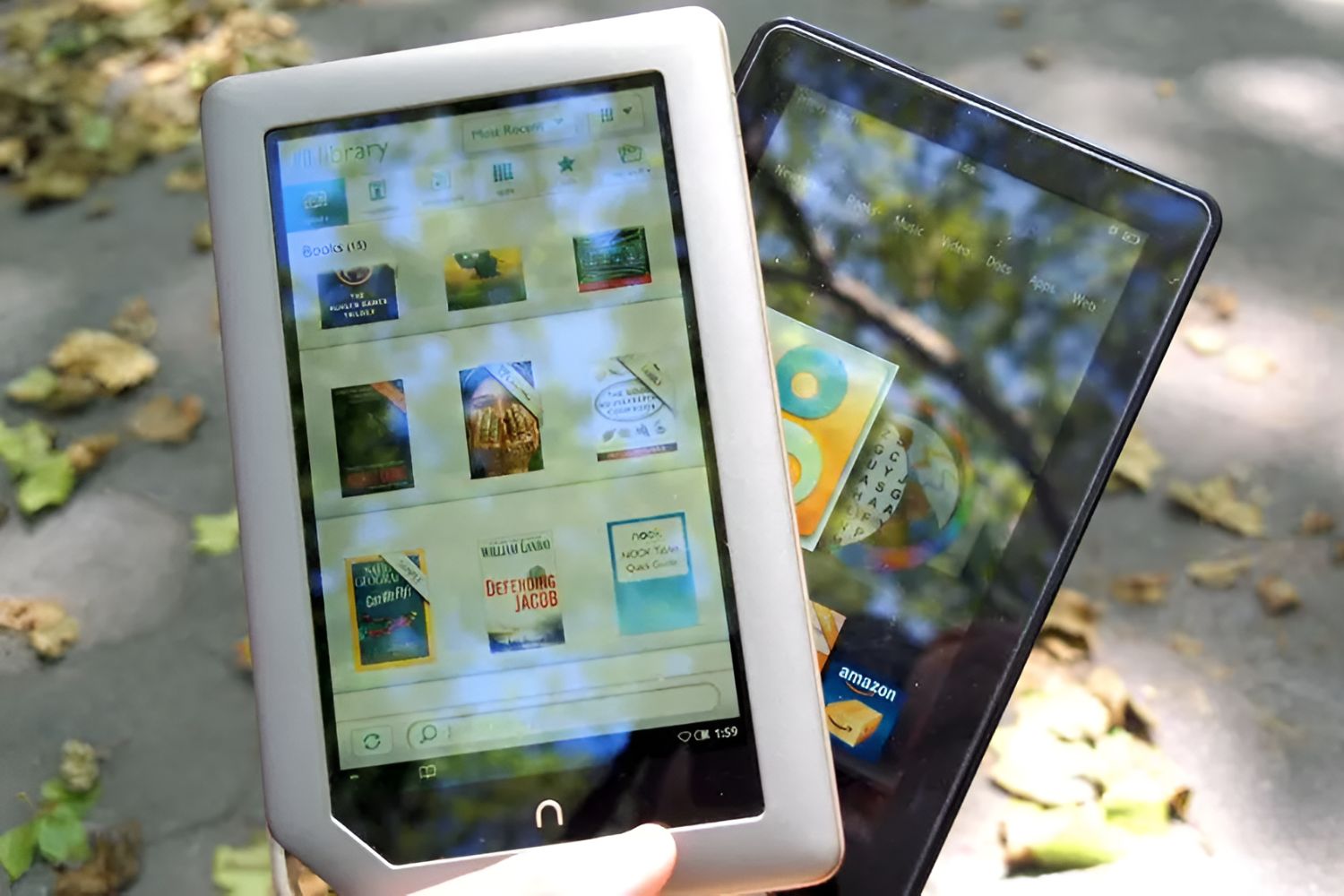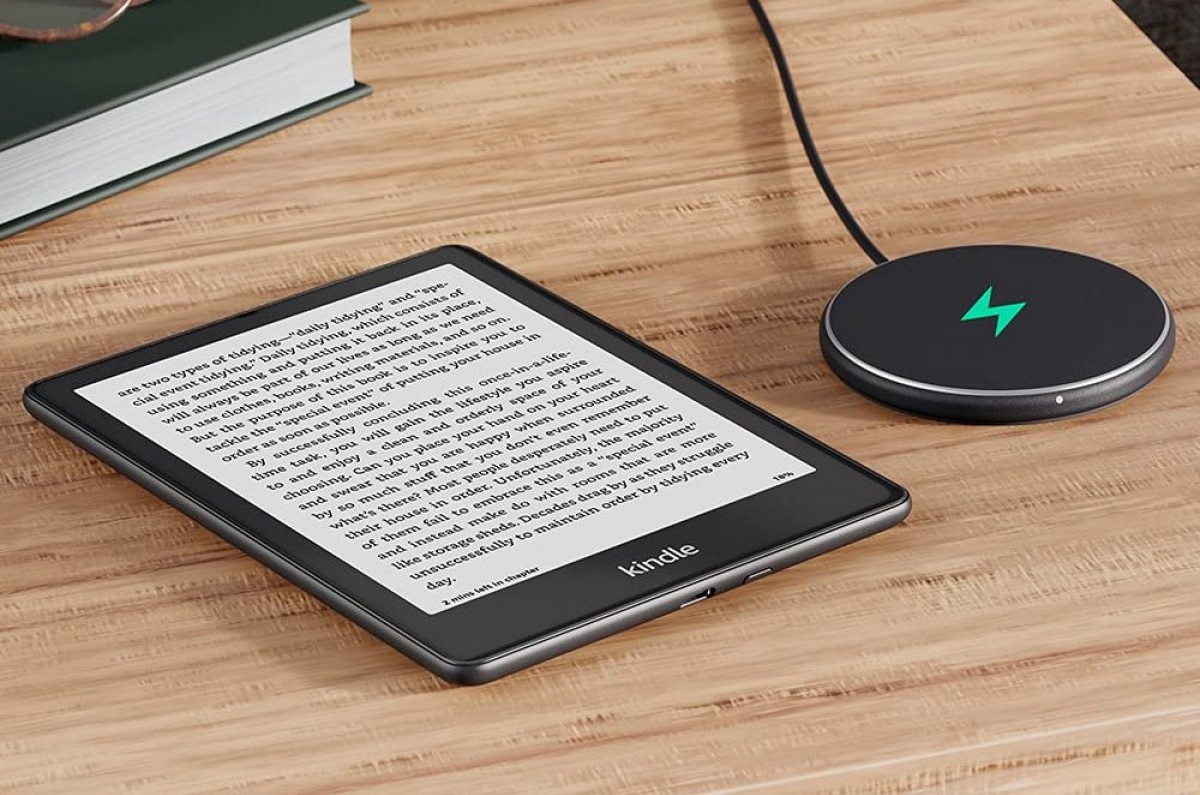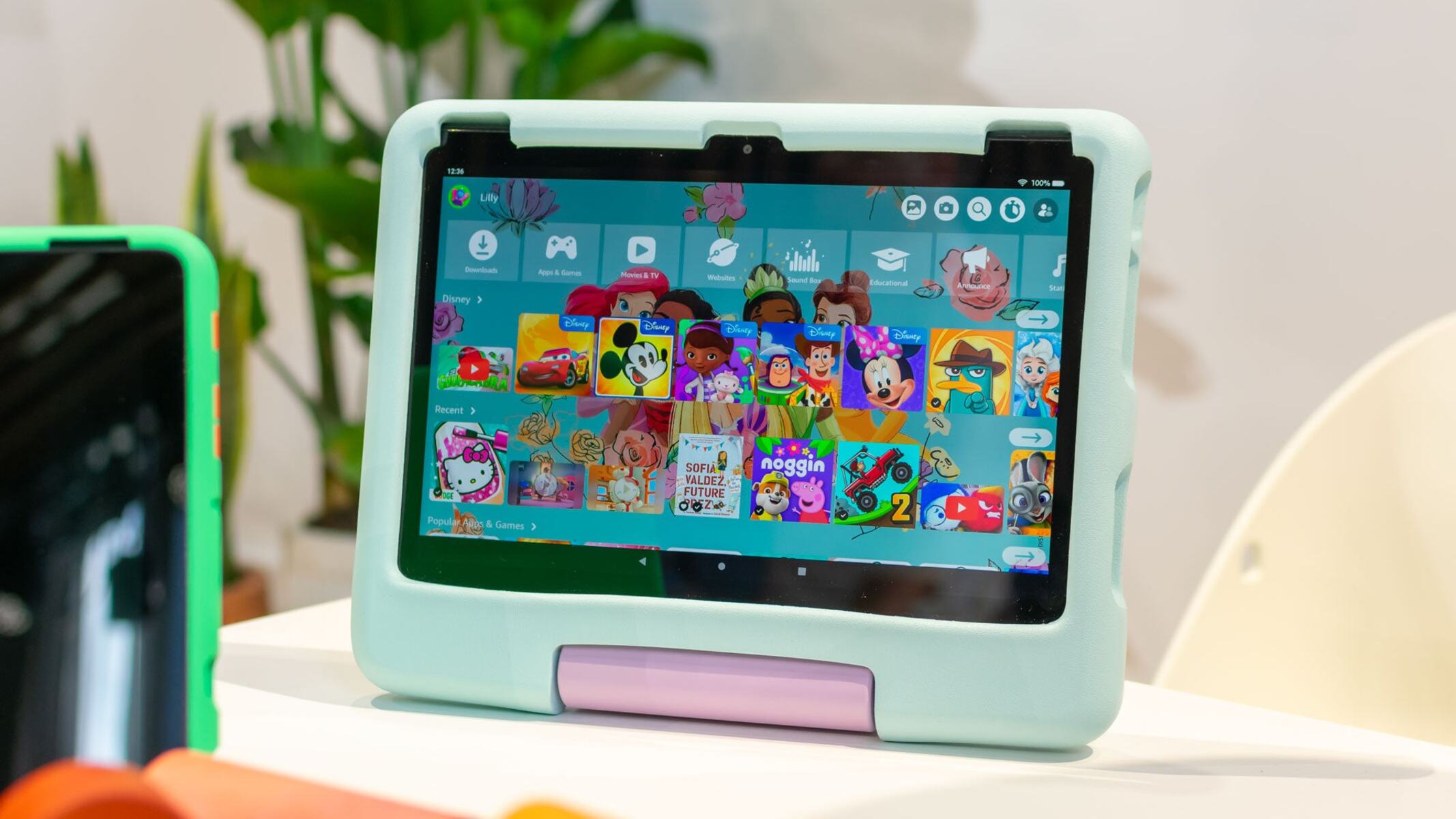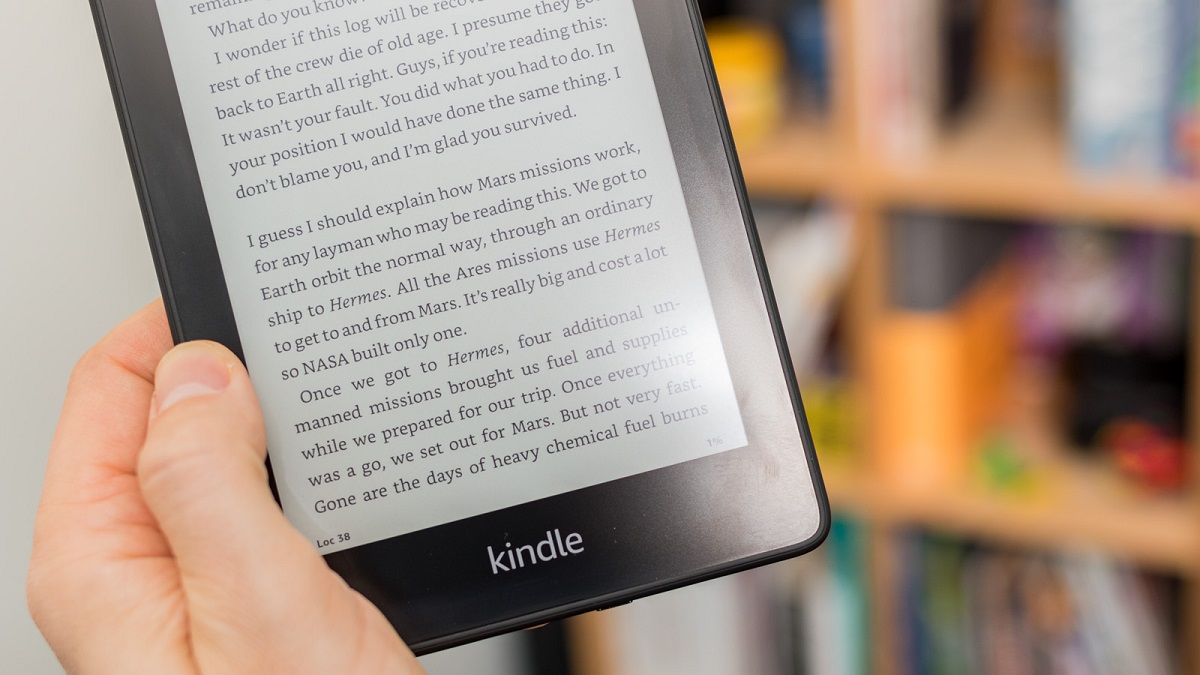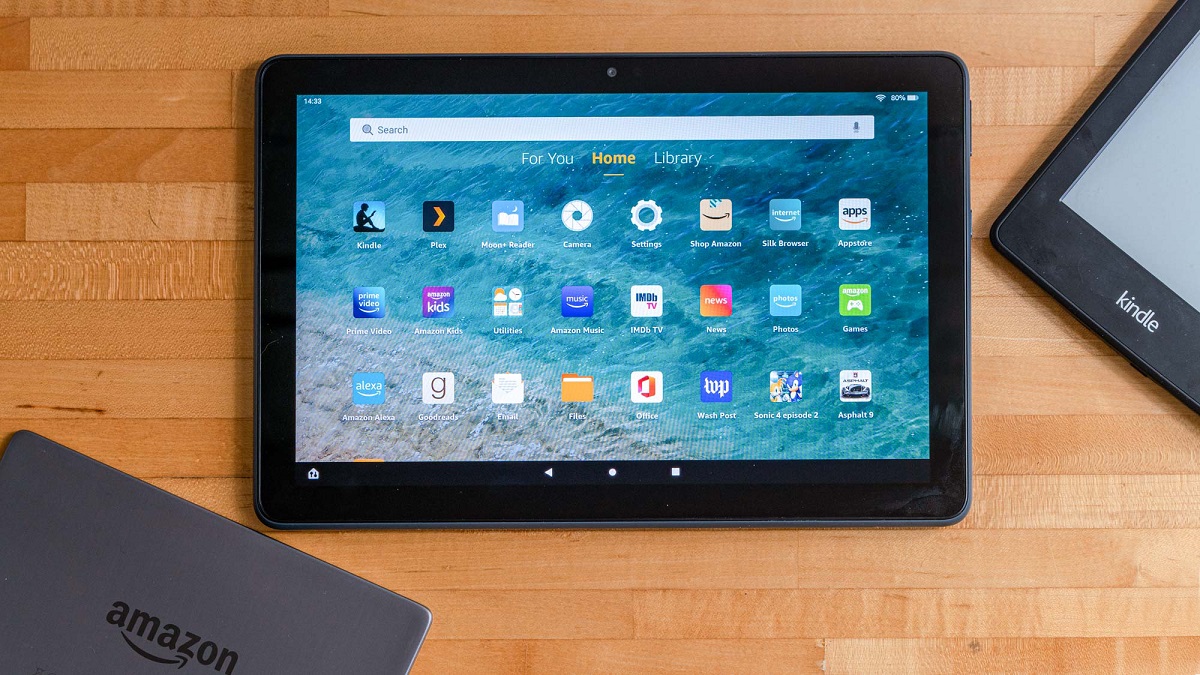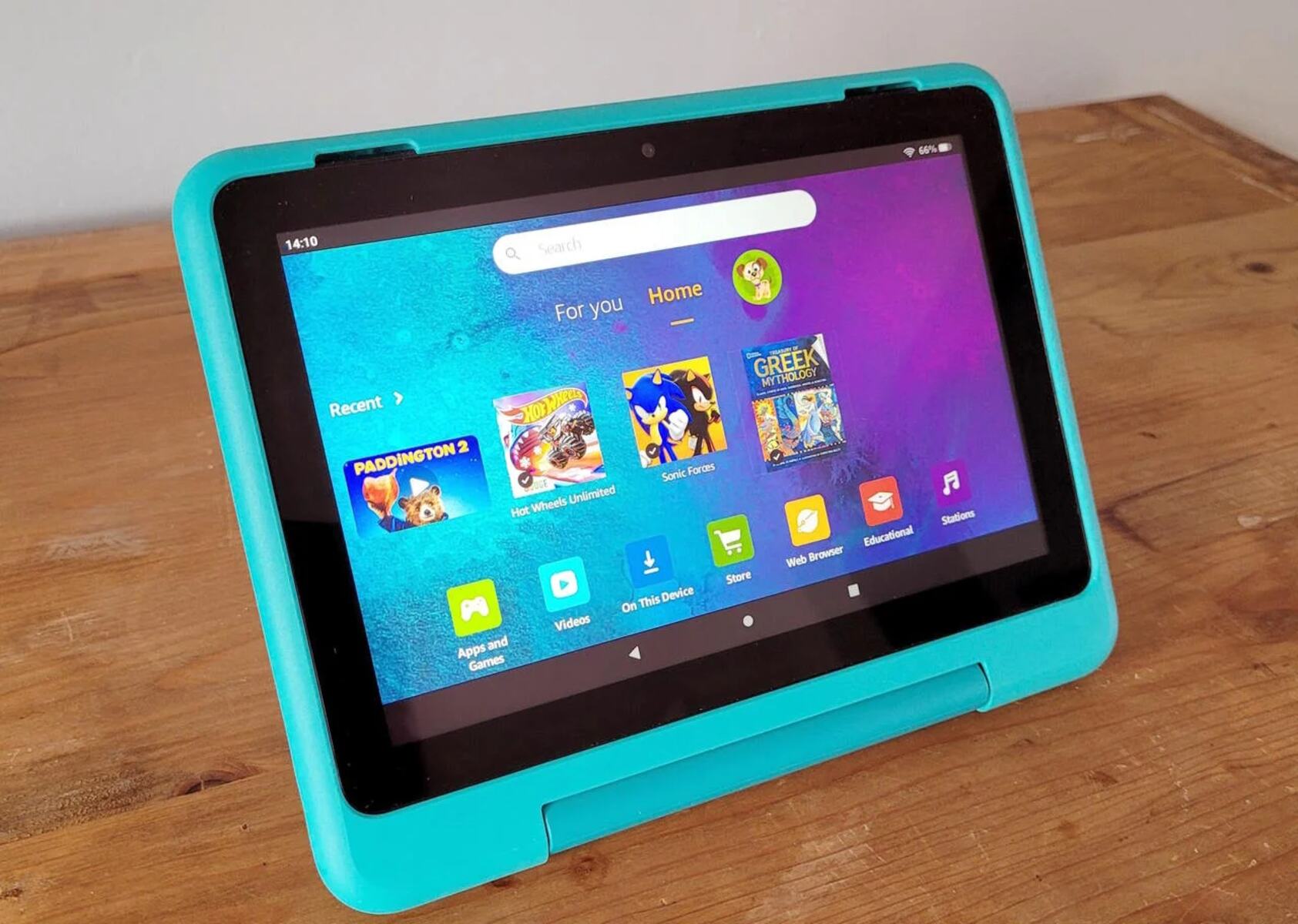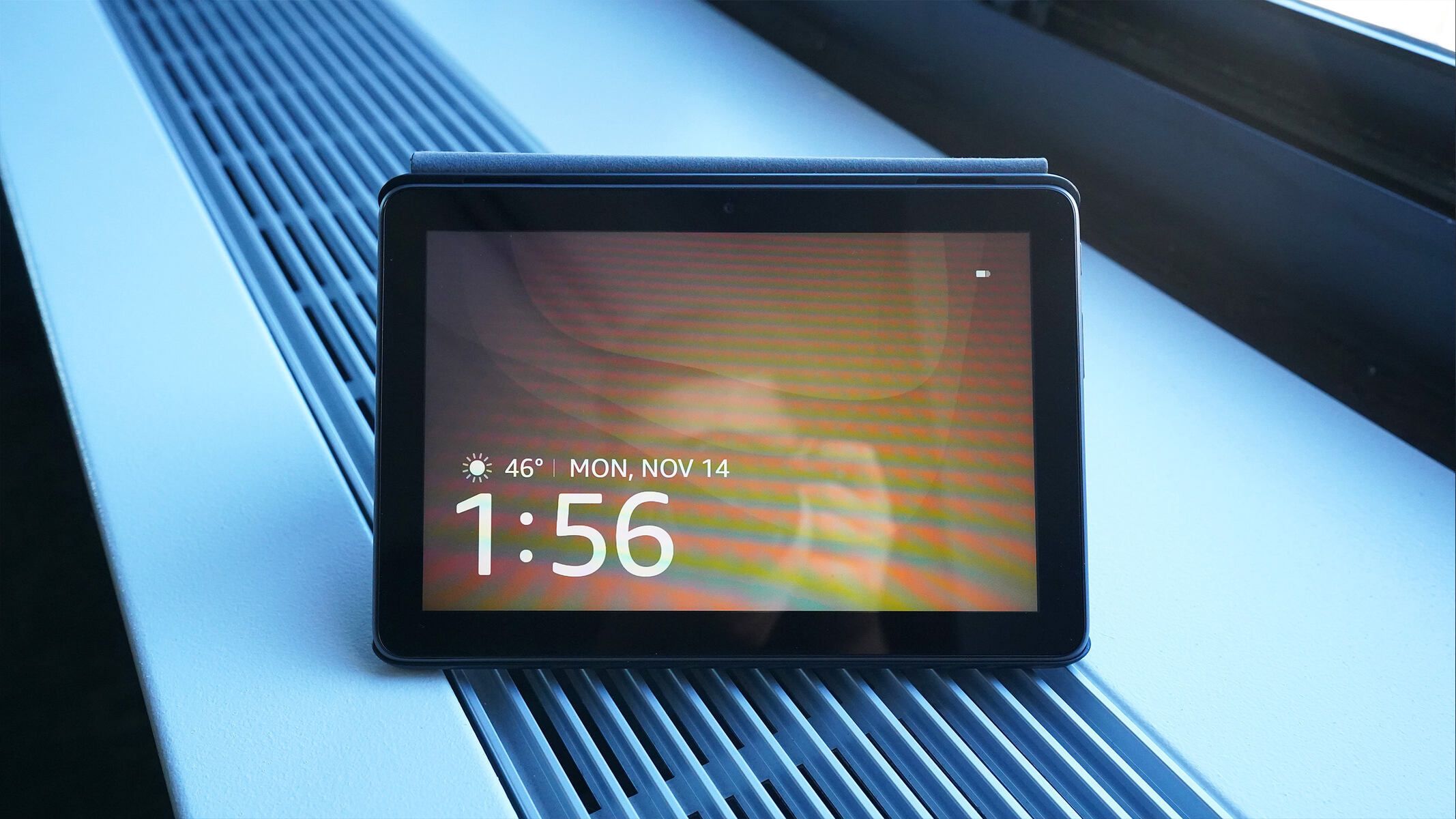Introduction
When it comes to portable electronic devices for reading and consuming digital content, two popular options often come to mind: the Kindle and the tablet. Both devices offer unique features and advantages depending on the individual’s needs and preferences. In this blog, we will explore the differences between a Kindle and a tablet, helping you make an informed decision when choosing the right device for your reading and digital content consumption.
The Kindle, developed by Amazon, is a dedicated digital reading device specifically designed for book lovers. On the other hand, a tablet is a versatile device that offers a wide range of functionalities, including reading, web browsing, gaming, and more. While they may have some overlapping features, understanding the distinctions between the two will enable you to make the best choice.
The purpose of this blog is to highlight the key factors that differentiate a Kindle from a tablet, allowing you to determine which device suits your needs the most. We will explore the basic features, such as display, reading experience, battery life, storage capacity, and price range, to help you compare and contrast the Kindle and tablet options effectively.
Whether you are an avid reader, a casual bookworm, or someone who enjoys a versatile multimedia experience, this blog will equip you with the necessary knowledge to make an informed decision regarding your preferred device. Read on to discover the fascinating differences between a Kindle and a tablet and find the perfect choice for your digital content consumption needs.
Purpose of the Blog
The purpose of this blog is to provide a comprehensive understanding of the differences between a Kindle and a tablet, enabling readers to make an informed decision when choosing the right device for their digital content consumption.
With the increasing popularity of e-books and digital content, it has become essential to have a dedicated device for reading purposes. The Kindle and tablets are often the top contenders in this regard. However, many individuals find themselves confused about which device would be better suited to their needs. This blog aims to clear any confusion by highlighting the distinct features and benefits of both devices.
By delving into the features such as display quality, reading experience, battery life, storage capacity, and price range, readers will gain a deeper understanding of the unique advantages offered by each device. The comparison will enable them to make an informed decision based on their individual preferences and requirements.
Furthermore, this blog seeks to address common misconceptions and dispel any myths surrounding the Kindle and tablets. It aims to provide impartial and factual information to assist readers in making a well-informed choice.
Whether you are an avid reader seeking a device solely dedicated to reading or an individual looking for a multifunctional device capable of various digital tasks, this blog will help you weigh the pros and cons of the Kindle and tablets effectively. By the end, you will have a clear understanding of which device aligns better with your needs and preferences.
Overall, through this blog, our goal is to provide readers with valuable insights into the distinct characteristics of the Kindle and tablets, aiding them in making a confident decision and enhancing their overall digital content consumption experience.
Basic Features of a Kindle
The Kindle, developed by Amazon, is a dedicated e-reader designed with book lovers in mind. It offers several unique features that enhance the reading experience and make it a preferred choice for many. Here are some of the basic features of a Kindle:
- E-Ink Display: One of the standout features of a Kindle is its E-Ink display. This technology mimics the look of ink on paper, providing a glare-free reading experience, even in bright sunlight. The text appears crisp and easy on the eyes, similar to reading from a physical book.
- Lightweight and Portable: Kindles are lightweight and compact, making them highly portable. They are designed to be held for extended periods without causing discomfort, allowing you to carry your entire library with you wherever you go.
- Extensive Battery Life: Unlike tablets, which often require frequent charging, Kindles have impressive battery life. Depending on usage, a single charge can last for weeks, allowing you to enjoy uninterrupted reading sessions.
- Wide Selection of E-Books: Amazon offers an extensive library of e-books for Kindle users. From bestsellers to classic literature and everything in between, you’ll have access to a vast collection of titles at your fingertips.
- Customizable Reading Experience: Kindles allow you to personalize your reading experience to your preferences. You can adjust font size, choose different fonts, change the background color, and even add bookmarks and highlights for easy reference later.
- Built-in dictionary and vocabulary builder: Kindles provide a built-in dictionary feature, allowing you to look up definitions for unfamiliar words while reading. Additionally, the Vocabulary Builder feature helps you expand your vocabulary by storing and revisiting the words you’ve looked up.
These basic features make the Kindle an excellent choice for individuals who prioritize a dedicated reading experience. Whether you’re a bookworm looking to carry your library on the go or a frequent traveler wanting to read without the hassle of physical books, a Kindle offers convenience and an immersive reading experience that closely resembles traditional paper reading.
Basic Features of a Tablet
A tablet is a versatile device that offers a wide range of functionality beyond just reading. While it may not provide the dedicated reading experience of a Kindle, tablets have their own set of features that make them popular among users. Here are some of the basic features of a tablet:
- Multifunctionality: Unlike a Kindle, a tablet is not limited to reading. Tablets offer a variety of functions, such as web browsing, gaming, multimedia playback, social media access, and more. You can use it to browse the internet, watch videos, check emails, and even play games.
- Vibrant Display: Tablets usually come with high-resolution displays that offer vibrant colors and sharp details. This makes them ideal for watching movies, viewing photos, and enjoying multimedia content with immersive visuals.
- App Availability: Tablets provide access to a wide range of applications through their respective app stores. From productivity apps to entertainment apps, you can find and download apps that suit your specific needs and enhance your tablet experience.
- Multiple User Profiles: Tablets often support multiple user profiles, allowing different individuals to have their personalized settings, apps, and content on the same device. This feature is particularly useful for families or households with multiple users.
- Expandable Storage: Unlike Kindle devices with limited internal storage, tablets often offer expandable storage options. This means you can use microSD cards to increase the available storage space, providing more room for your apps, files, and media.
- Front and Rear Cameras: Tablets commonly come equipped with front and rear cameras, enabling you to capture photos and videos, engage in video calls, and use various photography apps.
- Connectivity Options: Tablets generally offer a range of connectivity options, including Wi-Fi and optional cellular connectivity. This allows you to stay connected to the internet wherever you are, further enhancing your browsing and communication capabilities.
These basic features make tablets a versatile choice for individuals who seek a device that goes beyond just reading. Tablets offer a wide range of functionalities that cater to various digital needs, such as entertainment, productivity, and communication. While they may not provide the same dedicated reading experience as a Kindle, tablets provide a multimedia-rich experience that appeals to those looking for a multipurpose device.
Comparison of Display
When comparing the display of a Kindle and a tablet, several factors come into play. While both devices offer screens for reading and viewing content, there are notable differences that may influence your preference. Here’s a comparison of the display features of a Kindle and a tablet:
Kindle: Kindles usually feature E-Ink displays, which mimic the appearance of ink on paper. The E-Ink technology provides a high contrast, glare-free reading experience, making it easy on the eyes even during extended reading sessions. The text appears sharp and clear, resembling the look of a printed book. However, E-Ink displays are typically black and white, lacking the vibrant colors found on tablet screens. This can be a drawback for those who enjoy multimedia content or prefer a more immersive visual experience.
Tablet: Tablets generally come with LCD or OLED displays, which offer vibrant colors, high resolutions, and great contrast. This makes them ideal for consuming multimedia content, such as watching videos, viewing photos, or playing games. The dynamic visuals on tablet screens add an extra level of engagement and immersion. However, the downside of these displays is that they may produce glare, especially in bright environments. This can be a hindrance for reading outdoors or in direct sunlight, as the glare can cause discomfort and strain on the eyes.
Ultimately, the choice between a Kindle and a tablet display comes down to personal preference and how you intend to use the device. If your primary focus is reading and you want a display that closely resembles a physical book, a Kindle’s E-Ink display will provide an excellent reading experience. On the other hand, if you also prioritize multimedia content and enjoy vibrant colors and visuals, a tablet’s LCD or OLED display will be better suited to your needs.
To summarize, Kindles offer glare-free E-Ink displays that closely resemble ink on paper, providing a comfortable reading experience. Tablets, on the other hand, offer vibrant LCD or OLED displays that enhance multimedia content consumption but may produce glare in certain lighting conditions. Consider your usage preferences and requirements to determine which display type is a better fit for your needs.
Comparison of Reading Experience
When considering the reading experience, both a Kindle and a tablet offer their own unique advantages and considerations. Here’s a comparison of the reading experience between these two devices:
Kindle: The Kindle is designed with reading as its primary function, providing a dedicated and focused reading experience. The E-Ink display used in Kindles mimics the look of ink on paper, resulting in a crisp and clear text that closely resembles reading from a physical book. The E-Ink technology reduces eye strain, making it comfortable for long reading sessions. Kindles also have a longer battery life compared to tablets, lasting for weeks instead of just a few hours. Additionally, Kindles provide a distraction-free environment, as they are primarily geared towards reading and do not offer several multimedia distractions that a tablet may have.
Tablet: Tablets offer a versatile reading experience with additional multimedia features. While tablets may not provide the same paper-like reading experience as a Kindle, they offer the convenience of having multiple reading options in one device. Tablets allow you to access various e-book apps, providing a vast library with a wide range of reading materials. You can also install reading apps that cater to your specific needs, such as note-taking, highlighting, and bookmarking. Tablets also provide the advantage of color displays, which enhance the visuals of illustrated books, graphic novels, and other visually-rich reading materials.
Consider your reading habits and preferences when choosing between a Kindle and a tablet. If you primarily read books and desire a focused reading experience without distracting multimedia features, a Kindle is likely the better choice. However, if you enjoy the flexibility of having multiple reading options, access to various e-book apps, and the ability to read visually-rich content with illustrations or graphics, a tablet offers a more versatile reading experience.
In summary, Kindles provide a dedicated reading experience with a paper-like display and longer battery life, ideal for those who prioritize reading without distractions. Tablets offer a multifunctional reading experience with access to various e-book apps, a wide range of reading materials, and the advantage of color displays. Consider your reading preferences and the additional functionalities you desire to select the device that best suits your reading experience needs.
Comparison of Battery Life
The battery life of a device plays a crucial role in ensuring uninterrupted usage and long-lasting reading sessions. When comparing the battery life of a Kindle and a tablet, there are significant differences to consider:
Kindle: One of the standout features of a Kindle is its impressive battery life. Due to their E-Ink displays and energy-efficient design, Kindles can last for weeks on a single charge. This extended battery life is a significant advantage for avid readers who enjoy long reading sessions without the need for frequent recharging. With a Kindle, you can confidently embark on extended trips or vacations without worrying about running out of battery power.
Tablet: Tablets, on the other hand, generally have shorter battery lives compared to Kindles. This is primarily due to their larger screens, brighter displays, and the additional resources required to support their versatile functionalities. Tablets typically need to be charged more frequently, especially if you engage in power-intensive tasks such as gaming, streaming videos, or using resource-heavy apps. While the exact battery life varies depending on the tablet model, it is common for tablets to require charging every few days or even daily, depending on usage habits.
Consider your usage habits and lifestyle when evaluating the battery life of a Kindle versus a tablet. If you value a device that can sustain long reading sessions without the need for frequent charging, a Kindle is the clear winner. Its extended battery life ensures that you can enjoy reading for weeks without interruption. However, if you prioritize the versatility of a tablet and can accommodate more frequent charging, the shorter battery life of a tablet may not be a significant concern.
In summary, Kindles offer exceptional battery life, lasting for weeks, and ensuring uninterrupted reading sessions. Tablets, due to their larger screens and wider range of functionalities, generally require more frequent charging. Consider your reading habits and the level of convenience you desire when choosing between a Kindle and a tablet. If battery life is a crucial factor, and you prioritize a dedicated reading experience, a Kindle will satisfy your needs.
Comparison of Storage Capacity
When it comes to storage capacity, both Kindles and tablets offer different options to accommodate your digital content. Here’s a comparison of the storage capacity between these two devices:
Kindle: Kindles typically come with internal storage ranging from 4GB to 32GB, depending on the model. This storage is specifically allocated for e-books, documents, and other digital reading materials. While the storage space may vary, it is important to note that Kindle devices prioritize the optimized storage of e-books and do not support the installation of additional apps or multimedia content like photos or videos. However, given the smaller file sizes of e-books, Kindle storage capacity can accommodate thousands of books, providing ample room for your reading library.
Tablet: Tablets, on the other hand, offer more diverse storage options. They generally have larger storage capacities, typically starting from 16GB and going up to several hundred GB, depending on the model and variant. This allows you to store a variety of digital content, including e-books, apps, photos, videos, music, and more. Tablets also often provide the option to expand storage using a microSD card, further increasing the available storage capacity. This makes tablets a suitable choice if you desire to carry a substantial amount of multimedia and diverse digital content.
Consider your storage needs and the type of content you plan to store when choosing between a Kindle and a tablet. If your primary focus is on e-books and digital reading materials, a Kindle’s storage capacity will generally suffice, allowing you to store a vast library of books. On the other hand, if you also plan to store large multimedia files, such as videos or photos, and prefer the convenience of having all your digital content in one device, a tablet’s larger storage capacity and expandable storage options will be more suitable.
To summarize, Kindles offer sufficient storage capacity for digital reading materials and prioritize the optimized storage of e-books. Tablets, on the other hand, provide larger built-in storage options and often support expandable storage, allowing you to store a wide range of digital content, including e-books, multimedia files, apps, and more. Evaluate your storage requirements and the variety of content you plan to access to determine whether the storage capacity of a Kindle or a tablet aligns better with your needs.
Comparison of Price Range
Price range is an important consideration when deciding between a Kindle and a tablet. Here’s a comparison of the price ranges for these two devices:
Kindle: Kindles are generally more affordable compared to tablets. Depending on the model and features, the price of a Kindle can range from around $90 to $300. The basic models with standard features are available at a lower price point, making them an attractive option for budget-conscious readers. However, keep in mind that higher-end Kindle models with additional features like built-in lighting or larger screens may come at a higher price.
Tablet: Tablets, being more versatile and offering a wider range of functionalities, tend to have a higher price range compared to Kindles. Basic tablets with standard features can start from around $100 and can go up to $1000 or more for premium and advanced models. The price of a tablet depends on factors such as the brand, display quality, processing power, storage capacity, and additional features such as cellular connectivity or stylus support.
When considering the price range, it is essential to evaluate your specific needs and budget. If your primary focus is on reading and you want a device dedicated to e-books, a Kindle’s lower price range is likely to be more appealing. However, if you desire a device that offers more versatility and the ability to perform various tasks such as gaming, browsing, or multimedia consumption along with reading, a tablet’s higher price range may be justified.
In addition to the upfront cost, it is also worth considering any additional expenses such as accessories, subscription services, or app purchases that may be associated with both Kindles and tablets.
Ultimately, your budget and the extent of functionalities you desire will play a significant role in selecting between a Kindle and a tablet. Determine your priorities and evaluate the price range along with the features and benefits to make an informed decision.
In summary, Kindles generally have a lower price range compared to tablets, making them an affordable option for readers seeking a dedicated reading device. Tablets, on the other hand, offer a wider range of functionalities, leading to a higher price range due to their versatility. Consider your budget, specific requirements, and the value you place on various features to determine which device fits within your price range.
Conclusion
After comparing the various aspects of a Kindle and a tablet, it is clear that both devices offer unique features and functionalities to cater to different needs. The choice ultimately depends on individual preferences, priorities, and budget. Let’s recap the key points we’ve discussed:
The Kindle, with its E-Ink display, provides a dedicated reading experience closely resembling a physical book. It offers impressive battery life, lightweight portability, and a vast selection of e-books. Kindles are an excellent choice for avid readers who prioritize a distraction-free and comfortable reading experience.
On the other hand, tablets are versatile devices that offer a wider range of functionalities beyond reading. Tablets come with vibrant displays, multimedia features, varied storage capacities, and the ability to run multiple apps. They are suitable for individuals who prefer a multi-purpose device capable of not only reading but also web browsing, gaming, multimedia consumption, and other digital tasks.
Consider your specific needs and preferences when making a decision. If you primarily prioritize reading and desire a device solely dedicated to it, a Kindle would be a great fit. Its E-Ink display, long battery life, and optimized reading experience will fulfill your requirements. However, if you seek a device that combines reading with a broader range of multimedia functions and additional features, a tablet would be the more suitable choice.
It is crucial to weigh the advantages and limitations of Kindles and tablets, such as display type, reading experience, battery life, storage capacity, and price range, in order to make an informed decision. Remember to consider your budget, lifestyle, and the specific tasks you intend to perform on the device to find the best match for your needs.
Whether you choose a Kindle or a tablet, both devices will enhance your digital content consumption experience and provide you with access to a vast array of reading materials. Ultimately, the decision should align with your preferences and requirements, ensuring that your chosen device becomes a valuable companion on your reading journey.







